Diverse Product Offerings
The Convenience Food Retail Market is characterized by an increasing diversity in product offerings. As consumer preferences evolve, retailers are expanding their ranges to include a variety of international cuisines, dietary options, and meal formats. This diversification is driven by the desire for unique and flavorful experiences, as well as the need to cater to specific dietary restrictions, such as gluten-free or vegan options. Recent data indicates that the market for ethnic and specialty convenience foods has grown by approximately 5% in the last year. Retailers are capitalizing on this trend by introducing innovative products that appeal to a broader audience. This expansion not only enhances consumer choice but also positions retailers to capture a larger share of the market. As the demand for diverse offerings continues to rise, the Convenience Food Retail Market is likely to see further growth and innovation.
Health and Wellness Trends
The Convenience Food Retail Market is witnessing a notable shift towards health and wellness trends. Consumers are becoming more health-conscious, seeking products that align with their dietary preferences and nutritional needs. This trend is reflected in the increasing demand for organic, low-calorie, and nutrient-dense convenience foods. Recent statistics indicate that the health-focused segment of the convenience food market has grown by approximately 6% over the past year. Retailers are responding by expanding their product lines to include healthier options, such as plant-based meals and snacks fortified with vitamins and minerals. This shift not only caters to the growing consumer demand for healthier choices but also positions retailers to capitalize on a lucrative market segment. As health and wellness continue to be prioritized, the Convenience Food Retail Market is likely to evolve further in this direction.
Sustainability Initiatives
Sustainability initiatives are increasingly influencing the Convenience Food Retail Market. As consumers become more environmentally conscious, there is a growing demand for sustainable packaging and ethically sourced ingredients. Recent surveys indicate that nearly 70% of consumers are willing to pay a premium for products that are environmentally friendly. Retailers are responding by implementing eco-friendly practices, such as reducing plastic usage and sourcing local ingredients. This commitment to sustainability not only appeals to environmentally aware consumers but also enhances brand loyalty. Furthermore, as regulations around sustainability tighten, retailers are likely to face pressure to adopt greener practices. This trend suggests that sustainability will play a crucial role in shaping the future of the Convenience Food Retail Market, as businesses strive to meet consumer expectations and regulatory requirements.
Technological Advancements
Technological advancements are playing a pivotal role in shaping the Convenience Food Retail Market. Innovations such as mobile apps, online ordering, and automated checkout systems are enhancing the shopping experience for consumers. Data suggests that approximately 30% of consumers now prefer to order convenience foods through digital platforms, highlighting a shift towards technology-driven solutions. Retailers are increasingly investing in these technologies to streamline operations and improve customer engagement. Additionally, the integration of artificial intelligence and data analytics allows retailers to better understand consumer preferences and optimize inventory management. This technological evolution not only enhances efficiency but also provides a competitive edge in a crowded market. As technology continues to advance, it is likely that the Convenience Food Retail Market will see further innovations that cater to the evolving needs of consumers.
Changing Consumer Lifestyles
The Convenience Food Retail Market is experiencing a transformation driven by evolving consumer lifestyles. As individuals increasingly seek quick and easy meal solutions, the demand for convenience foods has surged. This shift is particularly evident among busy professionals and families who prioritize time-saving options. According to recent data, the convenience food sector has seen a growth rate of approximately 4.5% annually, reflecting a broader trend towards on-the-go eating. The rise of dual-income households further fuels this demand, as consumers look for products that fit seamlessly into their hectic schedules. Consequently, retailers are adapting their offerings to include a wider variety of ready-to-eat meals, snacks, and beverages, catering to the needs of a fast-paced society. This trend indicates a significant opportunity for growth within the Convenience Food Retail Market.


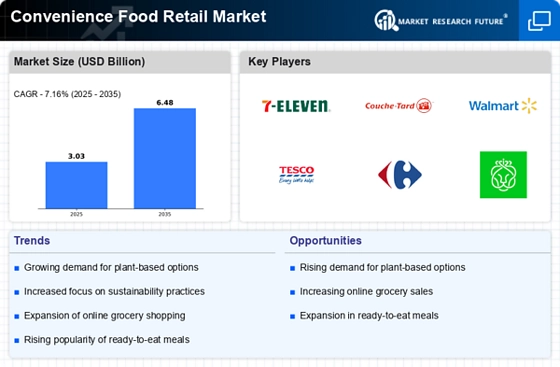
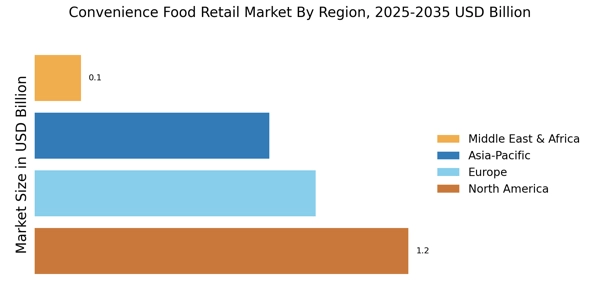
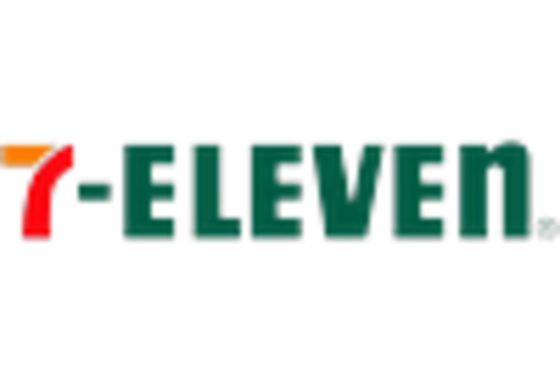

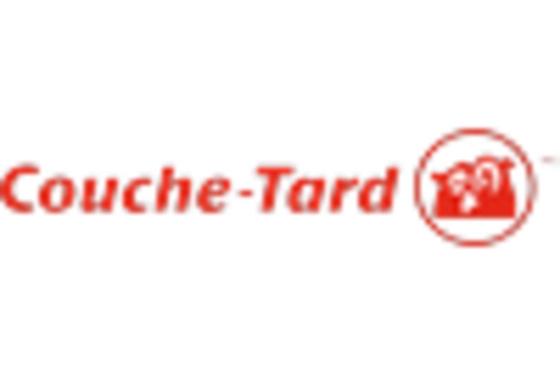

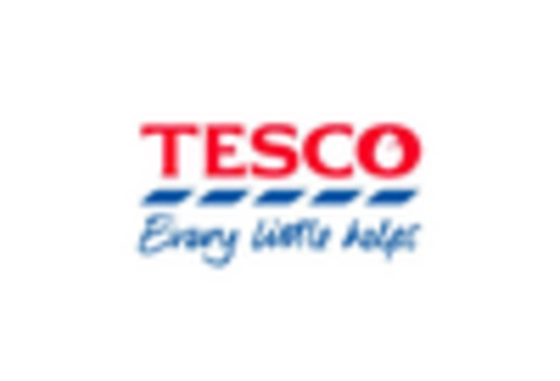









Leave a Comment